VET APPROVED

The information is current and up-to-date in accordance with the latest veterinarian research.
Learn more »Click to Skip Ahead
The red eared slider (Trachemys scripta elegans) has become the most popular pet turtle in most homes, thanks to their quiet and seemingly undemanding demeanor. In addition, they are quite hardy reptiles and can endure a good deal of harsh conditions more so than some other species of turtles.
The red eared slider is semi-aquatic, and as such, is actually classified as a terrapin. They are very strong swimmers and rely on water to eat food, escape predators, and also hunt some of their prey. The red eared slider can live without water for varying amounts of time depending on certain environmental conditions and parameters.
But just because they can, doesn’t mean they should. These pets should not go without water for long periods, and there’s a good reason for that. Keep reading to find out why.

How Long Can Red Ear Sliders Stay Out of Water?
There is no specific answer to this question, due to the fact that the rate at which a red-ear slider would deteriorate without access to water will depend to a large extent on the environmental conditions. What is well-established is that it is never advisable to deprive your red-ear slider of access to water.
Fundamentally, red-ear sliders require access to water at all times. Around ⅔ of their habitat should be aquatic, and ensuring they have access to at least 30 cm (around 12 inches) of swimming water depth enhances their welfare. These turtles eat in water, not on land and as such, one concern with depriving them of water would be concerns about their nutritional welfare.
Being cold-blooded, the rate at which water deprivation will lead to the deterioration of a pet red ear slider will depend on the environmental conditions. If the ambient temperature outside the water is 22–27 oC (71.6–80.6 oF), the turtle would likely be comfortable for relatively long periods of time (12–18 hours). However, these turtles require water to not become dehydrated, and as such, they wouldn’t fare well if left for over a day without access to water.
Red ear sliders may also brumate during the winter months. This is a metabolic state akin to hibernation in mammals. However, being cold-blooded, red ear sliders would survive this period by lowering their baseline metabolic rate, thereby minimizing the need to eat or drink much. Here’s the catch though, red-ear sliders do not brumate on land; they brumate on the bottom of ponds or other bodies of water.
In short, if the ambient temperature is at an appropriate level, a red-ear slider would likely be fine for several hours outside water. This is observed by owners when they see their pets emerge to rest or bask near a heat source. However, these turtles have a very strong affinity towards water and as such they should always have access to it, and likely wouldn’t fare well if you were to intentionally deprive them of water.
Being cold-blooded though, the rate of their metabolic decline if deprived of water is very difficult to predict without knowing the environmental conditions they are in.
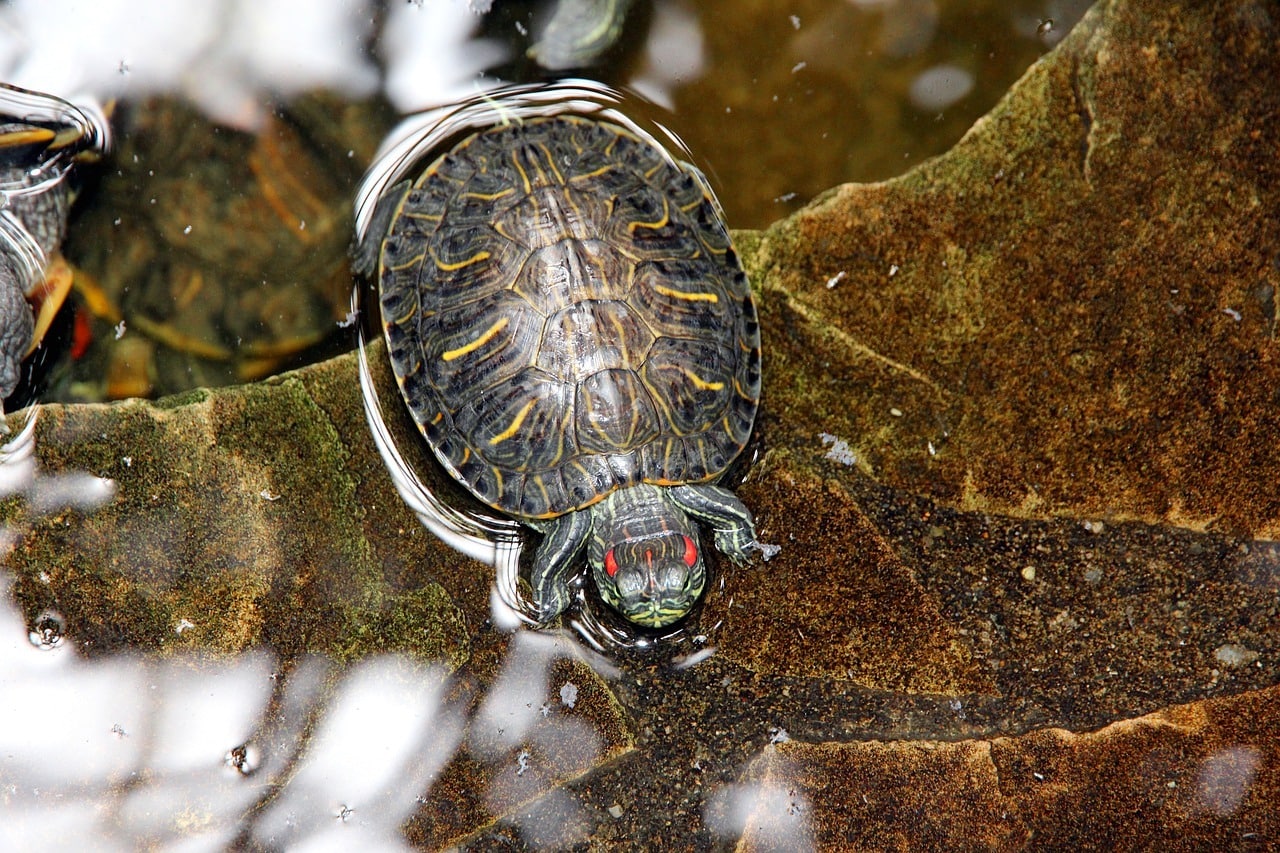
Red Eared Sliders: What Do They Need?
Red ear sliders are among the hardiest, most versatile, and most rewarding reptile pets you can ever get. They are multi-colored, rocking fantastic yellow and green spots, along with notable red patches behind their eyes. These pets are easy to handle, adapt easily to any environment, and are quite affordable.
Red eared sliders may not need much maintenance and care, but their initial cost can break a bank. Being freshwater aquatic animals, they need a proper aquarium and not a terrarium you would use for a land reptile such as a tortoise or snake.
You need an aquarium because these reptiles require a good amount of water. The majority of red ear sliders grow up to 6 to 8 inches. But believe it or not, others can be bigger than that.
A small red ear slider may need a tank with a capacity of up to 60 to 90 gallons. Larger individuals often fare better in ponds. A pond is recommended even for smaller individuals (provided it is predator and escape proof), as these turtles benefit tremendously from access to natural sunlight.
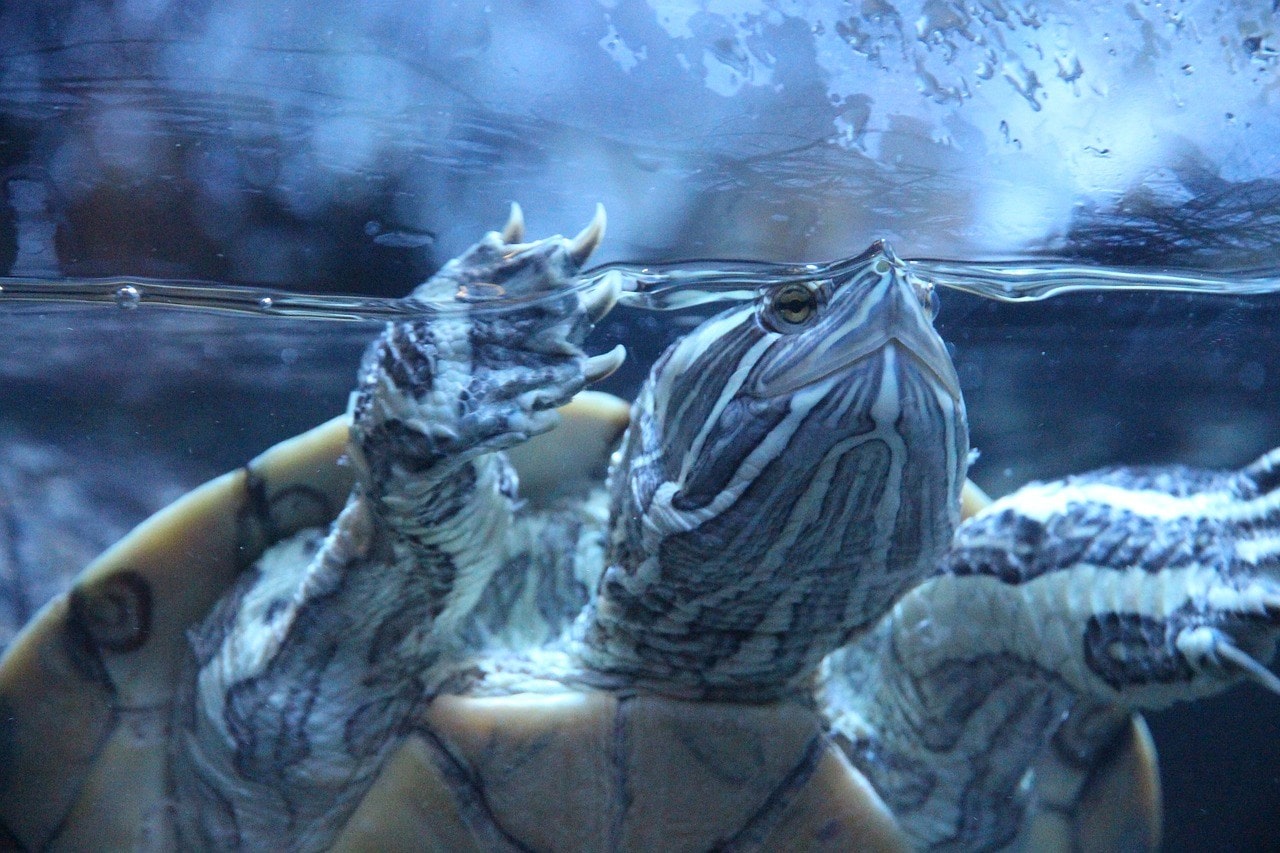
The Ideal Water Temperature for a Red Eared Slider
A red eared slider requires freshwater, with temperatures ranging between 22–27 oC (71.6–80.6 oF). They require a basking spot which is 5oC (9oF) warmer than the ambient temperature in their enclosure.
Do Red Eared Sliders Require Regular Basking Spots?
Red eared sliders might be aquatic creatures, but they also spend a good amount of their existence outside of water. This length of time might not be similar to that of a terrestrial tortoise, but it is something you should take into account.
Ensure that you provide all resources and amenities the turtle needs when basking out in the sun. If you can’t let them outside, get a UV lamp to allow it to bask and get the necessary vitamin D your pet needs to flourish.
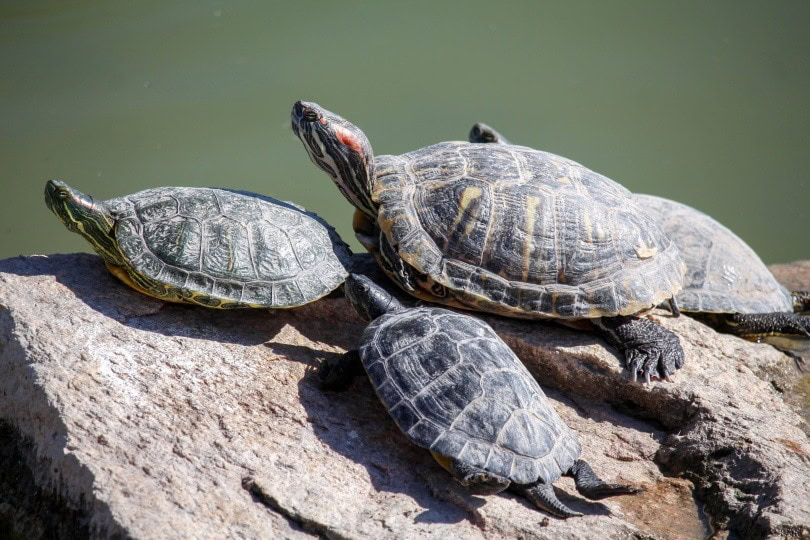
Additional Tips to Take Care of Your Red Eared Slider
Red eared slider turtles are pretty hardy, and there’s little you can do to change that. That doesn’t mean that they don’t need proper care, though. In fact, with a little more concern, you can help your reptile clock an exceptionally long life.
Here’s what you can do.
1. Change Water More Often
These turtles might be small, but they can be messy. For example, they can make the water dirty with the food you provide.
Change water so that bacteria caused by the accumulation of food particles find no place to breed.
2. Use a Water Heater
Red eared sliders cannot regulate their body temperatures. However, you can employ a water heater to help maintain the temperature at an optimal level, especially during cold months.
3. Use UV Lamps
UV lamps should help when there’s not enough sun for the turtles to bask and acquire vitamin D. This nutrient is vital for shell maintenance and development.
- Related Read: Yellow-Bellied Sliders

Summary
Red-ear sliders have an exceptionally strong affinity and requirement for water and as such, they should always have access to it. The amount of time a red-ear slider would go without water depends on a myriad of factors (including external environmental conditions) and as such, there’s no scientific consensus on how long a red-ear slider would last without water.
It is, however, well established that water deprivation will rapidly lead to the deterioration of this species. As such, you should never intentionally deprive your red-ear slider of water.
- Related article: Where to Buy a Red-Eared Slider Turtle?
Featured Image Credit: Pixabay
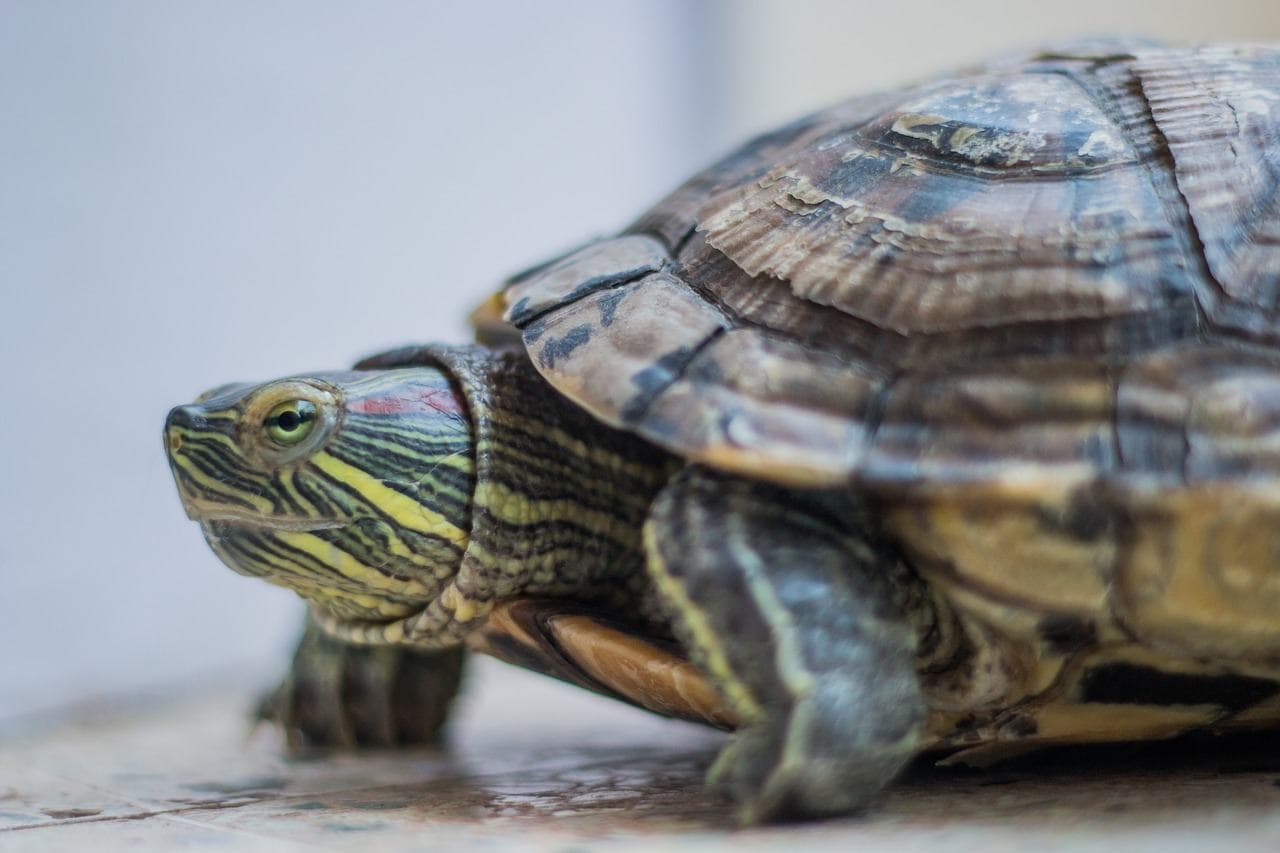





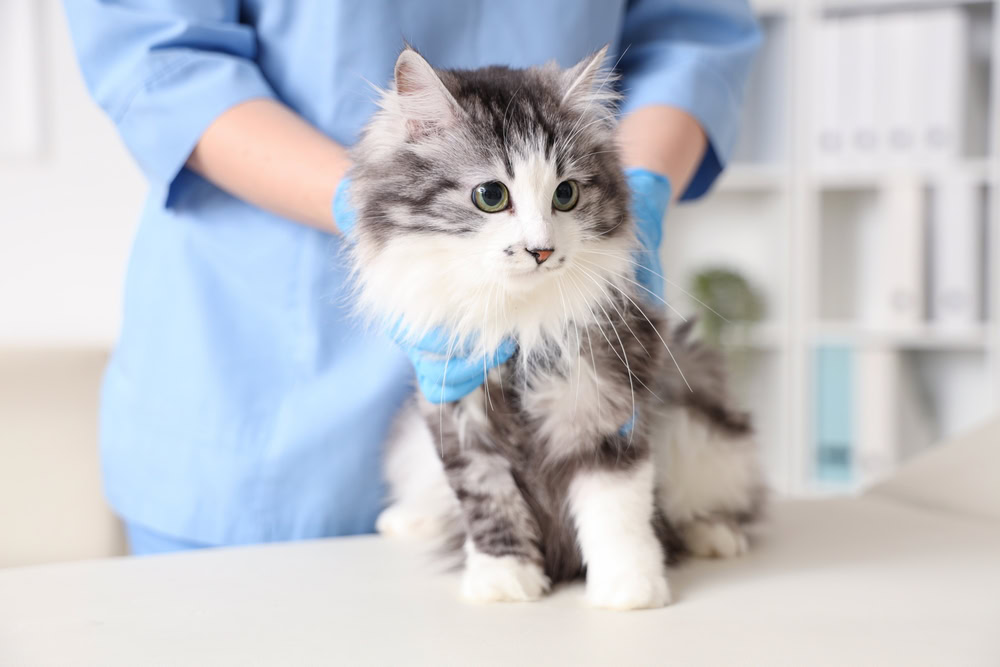
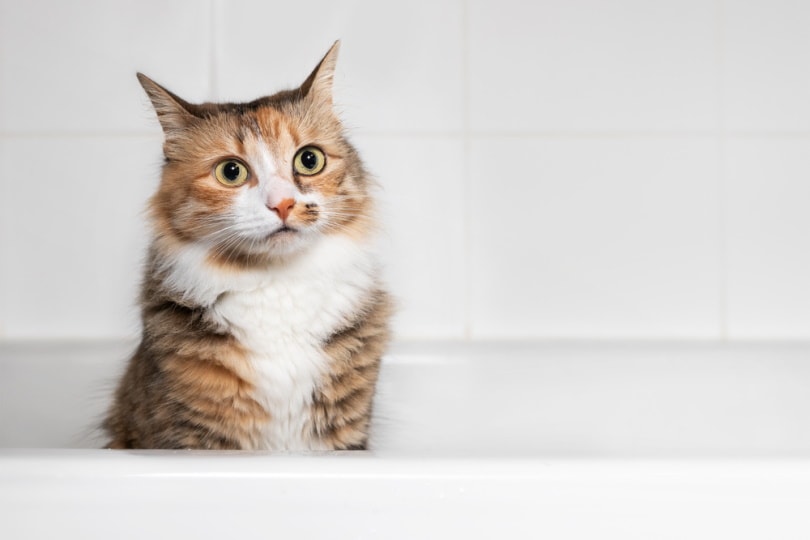



2 Responses
Mi tortuga de orejas rojas madre tiene 30 años conmigo, tenía pareja pero murió como a los 8 años.
Dejó fertilizados los huevos y actualmente vive junto a 4 hijas hembras.
Hace 2 años me regalaron a un macho y tengo en mi jardín al macho con 14 crías de ambos sexos en otra fuente porque no puedo seguir cuidando más.
Me gustaría intercambiar conocimientos y dudas con personas que tengan este mismo hobbie.
Hello Genaro,
thank you for your comment. Thank you for telling us about your “turtle family”. It must be fun to have the turtles around, however we understand that it can be a lot.
Sadly, we are not in touch with any turtle enthusiast community. We suggest you try to search online. Maybe start with “read ear slider breeders in my area” and go from there.
Best of luck to you!